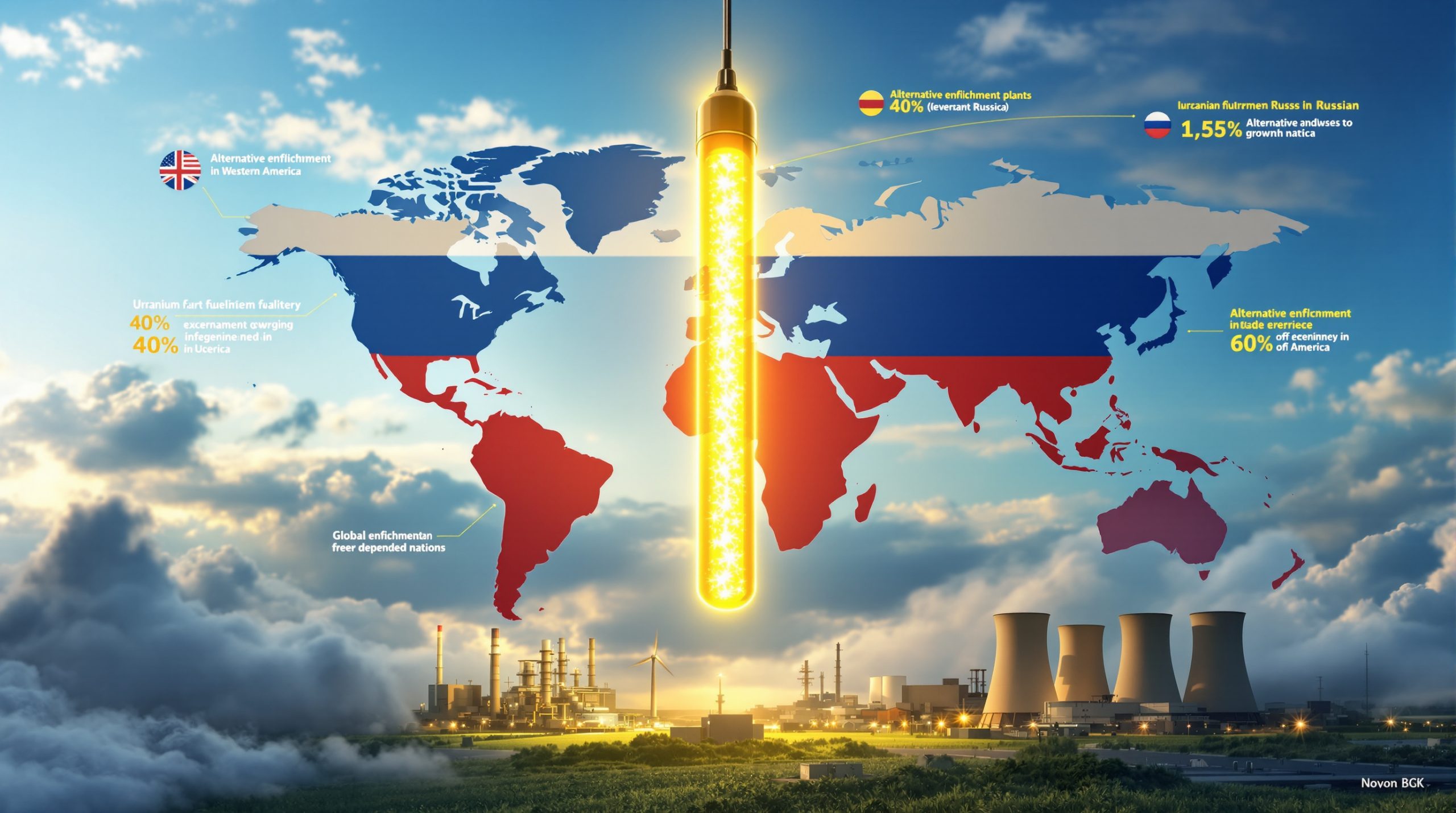Understanding Today's Crude Oil Price Movements
The crude oil market remains in a state of flux, with several competing forces shaping oil price movements across global benchmarks. Current price actions reflect a complex interplay of geopolitical tensions, strategic production adjustments, and shifting economic indicators that collectively determine market direction.
What Factors Are Driving Current Oil Prices?
Geopolitical Tensions and Supply Disruptions
The ongoing shipping disruptions in the Red Sea have emerged as a significant market driver, with Houthi attacks on vessels creating genuine concerns about global supply chains. In June 2025 alone, attacks on Greek vessels triggered a 2% price spike as markets priced in heightened risk premiums.
Maritime insurers have responded by raising premiums for vessels transiting this critical shipping lane, effectively increasing the cost of moving crude oil from Middle Eastern producers to European and Asian consumers. These additional costs are being absorbed throughout the supply chain, creating upward price pressure despite adequate physical supplies.
"The geopolitics-driven volatility persists despite OPEC+ production increases, creating a floor under prices that might otherwise fall more dramatically," notes oil market analyst Tsvetana Paraskova.
Beyond the Red Sea situation, broader Middle East tensions continue to inject uncertainty into markets, with traders maintaining risk premiums to account for potential disruptions from the region that supplies approximately one-third of global crude oil.
OPEC+ Production Decisions
Perhaps the most significant recent development is OPEC+'s decision to implement a supersized production increase of 548,000 barrels per day for August 2025. This represents a substantial acceleration from the group's previous unwinding schedule, which had established increases of 138,000 bpd in April and 411,000 bpd in May through July.
The cartel's motivation signals a strategic pivot away from price defense toward market share reclamation. According to official statements, OPEC+ justified this move by citing "low oil inventories" and "healthy market fundamentals," but market analysts widely interpret this as a calculated effort to pressure higher-cost producers, particularly U.S. shale operations.
This strategic shift appears aligned with political considerations as well. The incoming U.S. administration under President Trump has historically advocated for lower oil prices, creating additional incentive for OPEC global influence to demonstrate responsiveness to these preferences.
Global Economic Indicators
Current demand-supply fundamentals show a market that remains relatively balanced, with OPEC+ betting heavily on robust summer demand to absorb the additional barrels entering the market. Economic growth projections remain cautiously optimistic across major consuming regions, though concerns persist about autumn demand softness.
Inventory levels, while described as "low" in OPEC+ communications, have shown signs of rebuilding in recent U.S. reports, potentially undermining one of the key justifications for accelerated production increases. This inventory rebuild could signal weakening physical market conditions despite the narrative of robust demand.
How Are Different Oil Benchmarks Performing Today?
WTI Crude Performance
West Texas Intermediate (WTI), the U.S. benchmark, currently trades at $68.14 per barrel, representing a modest decline of 0.35% in today's session. This price level places WTI in a technically significant position, hovering near the psychologically important $70 mark that has served as both support and resistance throughout 2025.
Trading volumes have remained relatively robust, indicating active market participation despite the price weakness. Market sentiment appears cautiously bearish, with traders weighing OPEC+'s production increases against seasonal demand strength.
Key support levels to watch include:
- $65: Major technical and psychological support
- $60: Critical threshold for U.S. shale economics
Resistance levels of note:
- $70: Immediate psychological barrier
- $75: 2025 high-water mark
Brent Crude Analysis
Brent crude, the international benchmark, is currently priced at $70.19 per barrel, showing marginal strength with a 0.06% increase. The Brent-WTI spread stands at $2.05, reflecting the premium commanded by international grades due to their accessibility to global markets and exposure to differing supply risks.
This premium has expanded slightly in recent weeks, primarily due to the Red Sea shipping disruptions that more directly impact Brent pricing. Additionally, Brent's status as the pricing benchmark for most non-U.S. crude oil sales means it more directly reflects global supply-demand dynamics rather than North American market conditions.
The relatively stable performance of Brent compared to WTI suggests that international markets remain somewhat more balanced than the U.S. market, which continues to grapple with robust domestic production.
Other Important Benchmarks
Several other important oil benchmarks provide additional insight into regional market dynamics:
- Murban Crude: $71.49 (up 0.15%) – The UAE's flagship grade, increasingly important as a Middle Eastern benchmark
- OPEC Basket: $70.87 (up 1.46%) – Reflecting the broader strength in Middle Eastern grades
- Louisiana Light: $72.40 (up 2.46%) – Showing particular strength due to U.S. Gulf Coast refining demand
- Western Canadian Select: $55.98 (up 0.72%) – Still trading at significant discounts due to persistent pipeline constraints
- Bonny Light: $78.62 – Nigeria's premium light sweet crude maintaining strong premiums due to quality characteristics
These price differentials highlight the importance of quality considerations and regional supply-demand balances in determining relative value across the crude oil complex.
What's Happening With Global Oil Inventories?
Recent Inventory Reports
U.S. crude oil inventories have shown an unexpected increase in recent weeks, contradicting seasonal patterns that typically show drawdowns during the summer driving season. While specific figures from the most recent Energy Information Administration (EIA) report weren't provided in the source material, the directional change has raised eyebrows among market participants.
This inventory build comes at a particularly sensitive time, as OPEC+ has explicitly cited "low oil inventories" as a primary justification for its accelerated production increases. The disconnect between this narrative and emerging inventory data suggests potential weakness in physical market fundamentals.
Strategic petroleum reserves remain significantly below historical levels following the coordinated releases in 2022-2023, limiting the ability of consuming nations to manage market disruptions through reserve releases.
Supply-Demand Balance Assessment
Current production metrics show a market that appears increasingly well-supplied, particularly as OPEC+ accelerates its unwinding of production cuts. The cartel aims to complete the unwinding of its 2.2 million barrels per day of cuts by September 2025, potentially creating surplus conditions if demand doesn't keep pace.
Seasonal demand patterns typically support higher consumption during the northern hemisphere summer, with gasoline demand peaking in the United States and air conditioning needs boosting power generation requirements in Middle Eastern producing countries. However, the shoulder season (September-October) typically brings weaker demand, raising concerns about potential oversupply if OPEC+ maintains its aggressive production increases.
Refinery utilization rates have remained robust, particularly in the U.S. Gulf Coast region, helping to absorb crude oil supplies. However, planned maintenance in the autumn could reduce this support just as additional OPEC+ barrels hit the market.
Market Interpretation of Inventory Data
Analyst perspectives on recent inventory trends have grown increasingly bearish, with many noting the potential for continued builds if OPEC+ maintains its current production trajectory. The combination of rising U.S. production and increasing OPEC+ output creates significant downside risk, particularly if demand shows any signs of weakness.
The market appears to be pricing in some of this concern, with prompt crude oil futures trading at discounts to forward months in a market structure known as contango – typically a bearish signal indicating oversupply in the prompt market.
"The emerging inventory builds suggest OPEC+'s bet on summer demand absorption might be more precarious than initially assumed," according to market analysts tracking physical oil flows.
This bearish interpretation is partially offset by ongoing geopolitical risk premiums, creating a market that remains vulnerable to both upside and downside surprises.
How Is OPEC+ Influencing the Market?
Recent Production Strategy Shift
OPEC+'s decision to implement a supersized production increase of 548,000 barrels per day for August 2025 represents a significant acceleration of its unwinding schedule. This "superhike" is four times larger than the initial monthly increment established in April (138,000 bpd) and substantially larger than the subsequent increases in May, June, and July (411,000 bpd each).
This accelerated unwinding appears motivated by several factors:
- Market share reclamation: After years of production restraint that allowed higher-cost producers (particularly U.S. shale) to capture market share, OPEC+ appears determined to reassert its dominance
- Price tolerance testing: The group seems willing to accept moderately lower prices to pressure competitors and regain market influence
- Political considerations: Alignment with the incoming U.S. administration's preference for lower energy prices
The group now aims to complete the unwinding of its 2.2 million barrels per day of cuts by September 2025, a significantly accelerated timeline compared to earlier plans.
Saudi Arabia's Market Position
Saudi Arabia, as OPEC's largest producer and de facto leader, plays a central role in the group's strategy. The kingdom has maintained discipline in adhering to production quotas while using its Official Selling Prices (OSPs) as a tool to signal market intentions.
Recent price adjustments have shown some differentiation across markets, with Saudi Aramco offering modest discounts to Asian buyers while maintaining firmer pricing for European and North American customers. This regional approach allows Saudi Arabia to target market share in its most crucial export destinations while maximizing revenue in secondary markets.
The kingdom maintains significant spare production capacity, estimated at approximately 2 million barrels per day, giving it substantial flexibility to respond to market conditions. This capacity functions as both a supply cushion for global markets and a strategic tool for Saudi oil policy.
Future Production Outlook
With the August production increase established and the unwinding accelerating, market attention has shifted to September and beyond. Analysts from Goldman Sachs and other financial institutions anticipate another potential "superhike" in September, potentially completing the unwinding of the 2.2 million bpd cuts ahead of schedule.
The longer-term strategy appears focused on establishing a new market equilibrium that balances OPEC+ market share objectives with revenue needs. This delicate balancing act requires careful calibration to avoid triggering an oil price crash that would harm producing nations' fiscal positions.
"OPEC+ is executing a high-stakes strategy that bets on summer demand strength to absorb additional barrels while attempting to establish dominance over higher-cost producers," notes market analyst Paraskova.
The success of this strategy will be determined by both demand resilience and the response from non-OPEC producers, particularly U.S. shale operators who have demonstrated increasing financial discipline in recent years.
What's the Impact on U.S. Shale Production?
Current Production Metrics
The U.S. shale industry faces mounting pressure from OPEC+'s strategy, with current price levels approaching key breakeven thresholds for many producers. While specific rig count trends weren't detailed in the source material, industry surveys indicate increasing caution among producers.
Production responses vary significantly by region, with the Permian Basin demonstrating greater resilience due to lower production costs and superior well economics compared to other shale plays like the Bakken or Eagle Ford. This regional disparity creates a bifurcated response pattern where some areas maintain production while others show early signs of curtailment.
The recent price weakness has not yet triggered widespread production cuts, but preliminary indicators suggest deceleration in drilling activity, particularly among smaller, less-capitalized operators.
Producer Sentiment and Forecasts
The Dallas Fed Energy Survey provides critical insight into producer sentiment and future production plans. According to the June 2025 survey:
- At $60 WTI, most executives expect production to decrease slightly over the next year
- At $50 WTI, the outlook deteriorates significantly:
- 46% predict a "significant decrease" in production
- 42% anticipate a "slight decrease"
- Only 12% expect stable or increasing production
This survey reveals a clear price sensitivity threshold, with $60 WTI emerging as a critical level for maintaining production stability. Below this level, particularly at $50, the industry anticipates substantial production declines.
Importantly, the survey also highlighted differences between large and small producers. Larger, well-capitalized firms reported greater ability to weather lower prices, while smaller independents expressed significantly more vulnerability to sub-$60 oil.
Investment and Financial Health
Capital expenditure trends have already shown signs of caution, with many producers maintaining discipline rather than pursuing aggressive growth. This marks a significant shift from previous cycles when production growth often took precedence over financial returns.
Current debt levels across the shale industry remain moderate by historical standards, reflecting the deleveraging that occurred following the 2020 price collapse. This improved financial position provides some buffer against price weakness, though smaller operators with weaker balance sheets remain vulnerable.
Merger and acquisition activity has accelerated in anticipation of potential distress among smaller producers, with well-capitalized firms positioning to acquire quality assets at advantageous valuations if prices remain depressed. This consolidation trend favors operators with scale, diversification, and financial strength.
"The shale industry has evolved significantly since previous downturns, with greater emphasis on capital discipline and sustainable economics rather than production growth at any cost," according to industry analysts at MarketWatch.
This evolution suggests a more measured production response than in previous cycles, though a sustained period below $60 WTI would eventually trigger meaningful supply reductions.
How Are Geopolitical Factors Affecting Oil Markets?
Red Sea Shipping Disruptions
The ongoing security situation in the Red Sea continues to impact global oil shipping patterns, with Houthi attacks on commercial vessels forcing many operators to divert around the Cape of Good Hope rather than transiting the Suez Canal. This rerouting adds approximately 10-14 days to voyages between the Middle East and Europe, significantly increasing transportation costs.
Recent attacks specifically targeting Greek vessels in June 2025 triggered a temporary 2% price spike as markets reassessed risk premiums. While this premium has partially faded, ongoing security concerns continue to support prices that might otherwise face more downward pressure from increasing supply.
Beyond direct shipping costs, insurance premiums have surged for vessels transiting high-risk areas, adding further friction to global oil trade. These additional costs are ultimately reflected in the delivered price of crude oil to refineries, partially offsetting the impact of increasing production.
Russia's Export Position
While specific details on Russian exports weren't provided in the source material, the country's participation in OPEC+ decision-making suggests alignment with the broader strategy of reclaiming market share. Russia's government has echoed OPEC+ official statements about "robust global economic outlook and low inventories" justifying the supersized production hike.
Russian export volumes have stabilized following the initial disruptions caused by Western sanctions, with Asian buyers (particularly China and India) absorbing barrels previously destined for European markets. Price discounts have narrowed compared to the immediate post-invasion period but remain significant enough to maintain the attractiveness of Russian crude to buyers willing to manage the associated compliance risks.
Middle East Production Developments
Iraq's production has shown notable increases, with output reportedly rising by approximately 80,000 barrels per day across three key fields. While Iraq officially participates in OPEC+ agreements, the country has historically struggled with quota compliance, often producing above its allocated ceiling.
This increase in Iraqi production adds further supply to an already well-supplied market, potentially complicating OPEC+'s broader market management efforts. The country's ambitious capacity expansion plans suggest this trend could continue, with infrastructure developments supporting higher sustained production levels.
Regional cooperation dynamics within the Gulf remain complex, with traditional rivalries occasionally influencing production policies. However, the current alignment behind the accelerated unwinding strategy suggests a temporary convergence of interests among key producers.
What's the Technical Analysis Telling Us?
Price Chart Patterns and Indicators
Current technical indicators for WTI crude oil show a market that remains in consolidation, trading primarily within the $65-$70 range that has contained price action through much of 2025. This range-bound behavior suggests a market seeking direction amid competing fundamental forces.
Key support levels have been established at:
- $65: Major technical support from previous price action
- $60: Psychological level and critical threshold for U.S. shale economics
Resistance levels of significance include:
- $70: Immediate ceiling that has capped recent advances
- $75: 2025 high water mark established in Q1
Moving averages present a neutral-to-bearish picture, with prices trading below the 50-day moving average but still above the 200-day, creating a technical no-man's land that typically indicates consolidation rather than strong directional momentum.
Market Sentiment Indicators
Futures market positioning reveals a cautious stance among traders, with managed money positions showing reduced net length compared to earlier in the year. This positioning suggests declining speculative interest in crude oil as an investment vehicle, typically a bearish indicator.
Options market signals reinforce this cautious outlook, with put skew (the premium of downside protection compared to upside exposure) increasing modestly in recent trading sessions. This asymmetry indicates greater market concern about downside risks than upside potential.
Volatility measurements have remained moderate, suggesting the market does not anticipate imminent dramatic price moves despite the uncertain fundamental backdrop. This relative calm may reflect the offsetting nature of current market drivers – bearish
Want to Profit from the Next Major Mineral Discovery?
Stay ahead of the market with Discovery Alert's proprietary Discovery IQ model, delivering instant notifications on significant ASX mineral discoveries that could generate substantial returns. Explore our dedicated discoveries page to see how historic discoveries have created exceptional investment opportunities, and begin your 30-day free trial today.




